Raw Denim Is the Heart and Soul of Denimhunters
You may have heard terms such as raw denim, dry denim, unwashed denim, and untreated denim. These are names for the same thing: denim fabric in its purest from. In this guide we will define precisely what raw denim is and how it differs from 99% of the denim out there.
Denim is what we are most interested in; what drives our passion is denim created in the best possible way, created from the best possible materials. The finest denim is woven on old fashioned shuttle looms. The only method of weaving that achieves the essential self edge or selvedge.
In this part 1 of our guide to the essential of raw denim we explore what raw denim really is. In part 2 we look closer at different kinds of raw denim, what separates them, and most importantly how it makes them fade differently.
Here at Rope Dye We Define Raw Denim As:
“Denim in its unwashed and untreated form. After dyeing and weaving the fabric, the denim is stiff and has a deep blue indigo colour with a slight shine.”
In its raw condition, denim mould to the wearer’s body type and shape, creating unique wear patterns and fade marks along the way. In fact, all denim is raw denim when it is first produced. It is only after it has been sewn into jeans and gone through industrial washing processes that we would consider it “washed” or “treated” denim.
Creating a Raw Denim
Like everything that is produced, a good denim is a sum of its parts and the result of its production. Let’s see what goes into producing a great raw denim fabric.
The Cotton Used For Raw Denim
Opinions vary a great deal when it comes to the cotton used to create the denim itself. The merits of a particular cotton for fades, durability, and feel can be argued until we are blue in the faces. Like so much in the realm of denim, it depends greatly on many factors, personal taste not being the least of them.
One thing we can say for sure is that some of the finest cotton found in great denim comes from either the USA or Zimbabwe. Egyptian and Turkish cotton are coming up fast as is mixes of cotton and other material such as hemp and flax.
Whatever the source of cotton, and whatever the mix of other materials, the cotton must be picked, cleaned, carded, and sorted in preparation for the next step.
Spinning Raw Denim
Spinning is where the cotton fibres are twisted together to create the individual yarns. These yarns will eventually be woven to create the denim itself.
There are generally two spinning techniques; open end and ring spun. For the best quality we look for ring or double ring spun cotton yarn. This creates a far stronger yarn with greater fading potential and much more character in the final denim. The higher quality yarn means a more labour intensive and involved process. Many of the cheaper denims are made from open end yarn.
Dyeing Raw Denim
Not all yarn that makes up a traditional denim is indigo dyed. It is normally only the warp yarn that go through the indigo dyeing process.
Much like the spinning process, there are a number of ways the yarn can be dyed, however, loop dyeing, hank dyeing, and rope dyeing are the most common. Like the spinning, the most labour intensive and involved process gives the best results.
In this case, rope dyeing is the superior choice. It is hands down the best method for controlling and creating the character of a denim and will result in the best fades every time.
Weaving Raw Denim and Choice of Loom
Now we have our ring spun yarn, half of which has been rope dyed in indigo, while the other half has been left undyed for the weft. We are ready to weave a raw denim.
At this point it should be noted that there are a number of other steps to be taken into consideration (this is merely a general overview for an in-depth list read about how Andrew Chen and Johan Lam of 3sixteen visited the Kuroki Mill).
There is only one real choice of loom for creating high-quality raw denim: the shuttle loom. By modern, industrial standards they are slow and inefficient. But like we found at ever step other in this process so far, slow processes yield the best results.
The indigo dyed warp yarns are threaded through the loom lengthwise. The undyed weft yarns are then loaded onto a shuttle that is physically pushed through the warps, weaving the fabric. This is the only way to produce the coveted selvedge denim. A desirable and recognisable byproduct of this weaving process is that the edges of the denim are woven into a closed self edge, i.e. the selvedge.
Early on mills were quick to realise they could use this to their advantage. Leaving a number of yarns either undyed or in a different colours meant they could create a unique selvedge ID for the fabric, which could then be easily identified when the fabric was rolled up and shipped. Levi’s was the first to have a red thread running through their selvedge, which created the iconic and much-imitated redline selvedge denim.
The Finished Product: Raw Denim Jeans
All in all, the process described above enables the manufacturer to create our much loved raw denim jeans. The fabric could be taken and sewn into a pair of unsanforized jeans; basically jeans that will shrink on the first soak. There is one further process ‘permitted’ by the seasoned denimhead. That is sanforization. In this process, the denim is steamed, stretched, and altered resulting in a fabric that will show no significant shrinkage when soaked or washed.
We discuss the merits and pitfalls of unsanforized denim here. In the end it comes down to individual denim and individual taste. Sanforized denim will shrink a maximum of 2-3% in comparison with the 10-12% of its unsanforized counterpart.
That’s Raw Denim. Next Up, the Different Kinds of Raw Denim
This is what raw denim is and how it is created, but that’s far from everything. In the second instalment of our guide to the essentials of raw denim, we will look at how you can discern the differences in individual raw denims and what this will mean for the wearing and fading potential of the jeans themselves.


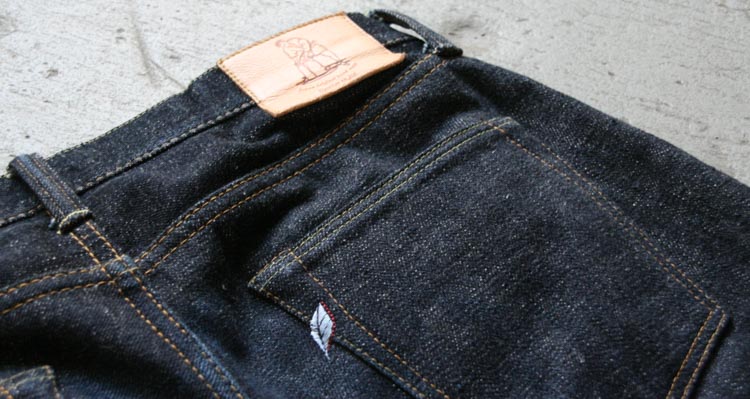
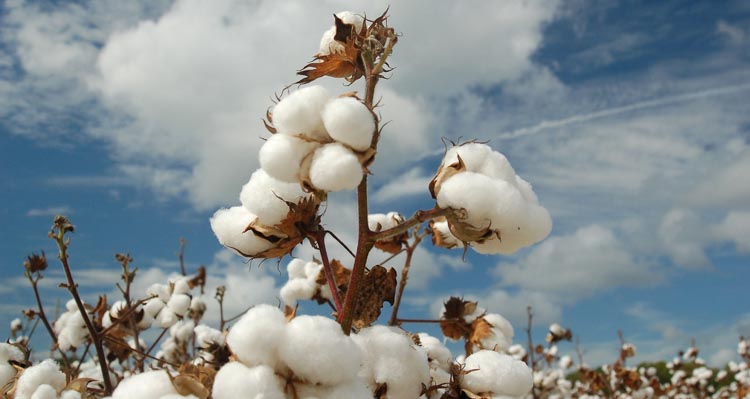
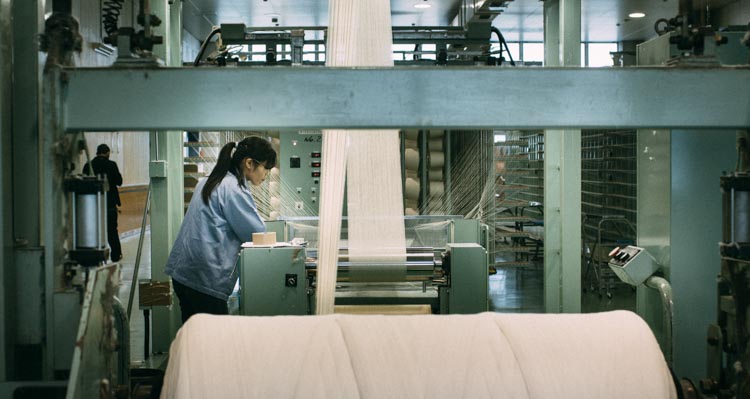
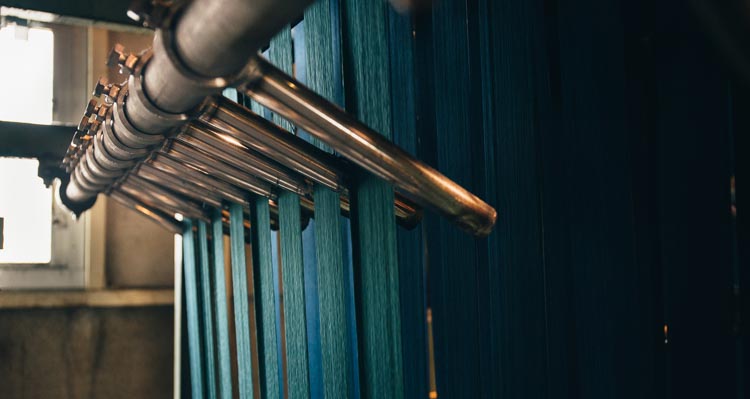
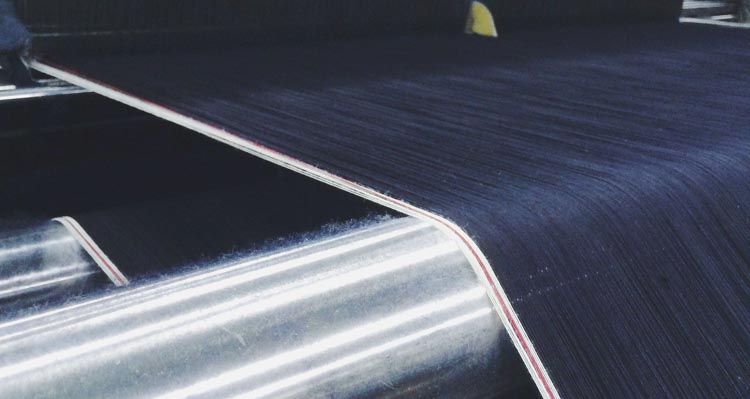
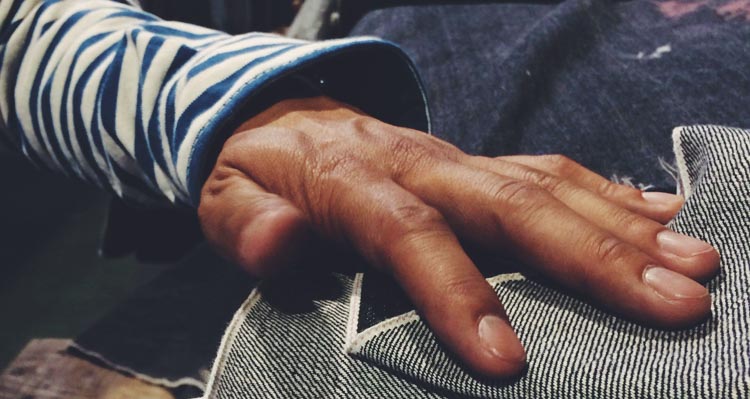
5 comments
The point of view of your article has taught me a lot, and I already know how to improve the paper on gate.oi, thank you.
Can you be more specific about the content of your enticle? After reading it, I still have some doubts. Hope you can help me. https://accounts.binance.com/en/register?ref=P9L9FQKY
Your article helped me a lot, is there any more related content? Thanks! https://accounts.binance.com/ur/register-person?ref=RQUR4BEO
best allergy medicine without antihistamine alternative allergy treatment options allegra side effects
Can you be more specific about the content of your article? After reading it, I still have some doubts. Hope you can help me. https://www.binance.info/ru/join?ref=P9L9FQKY